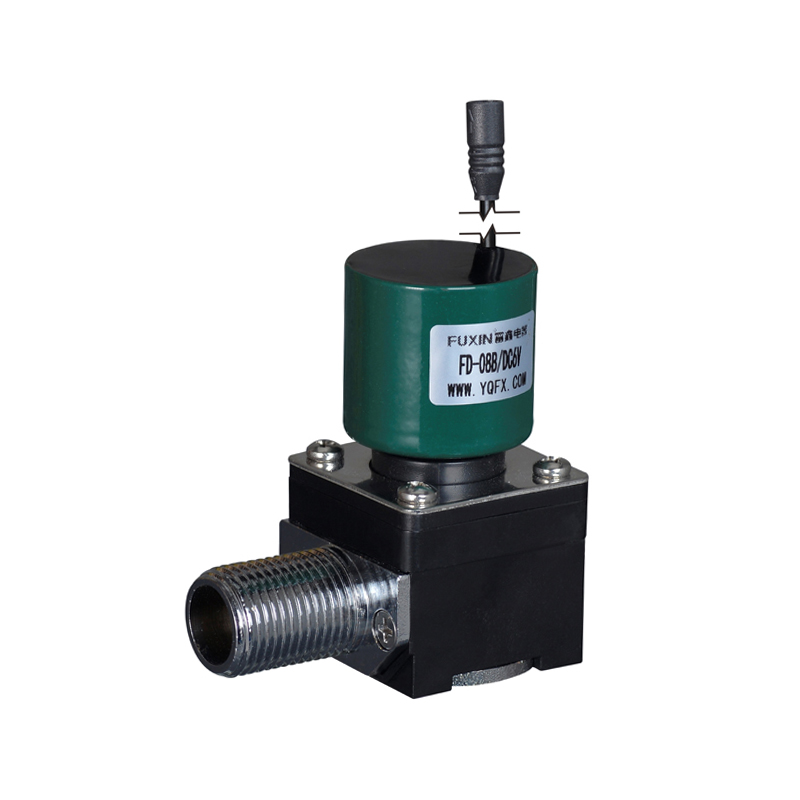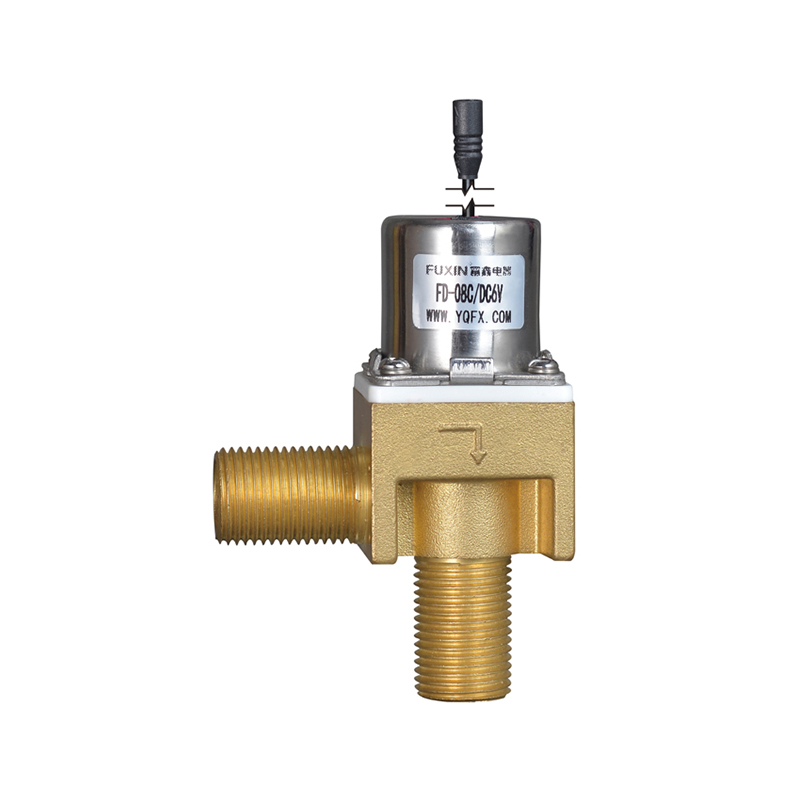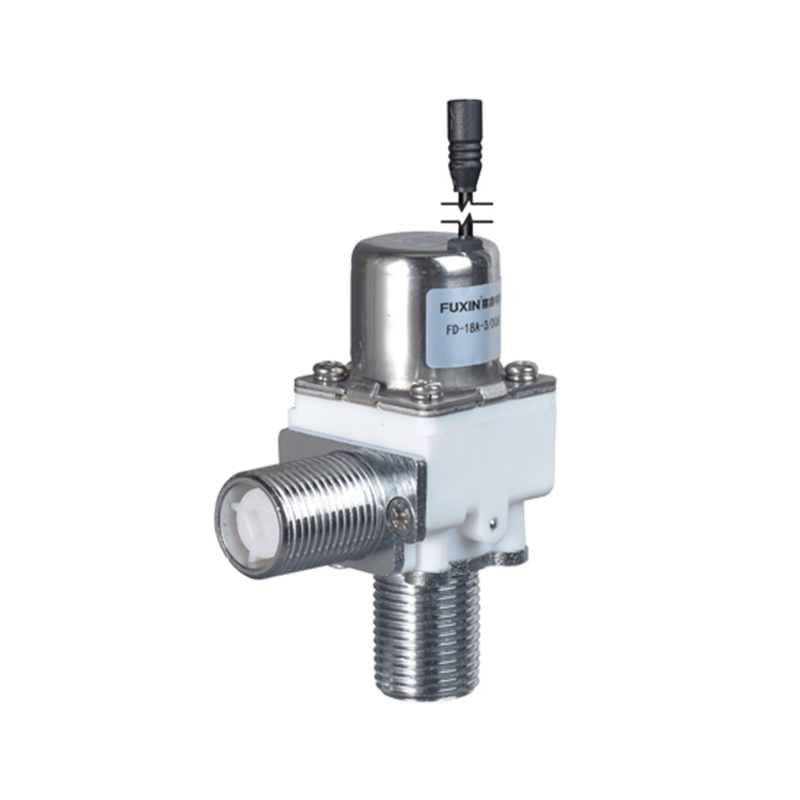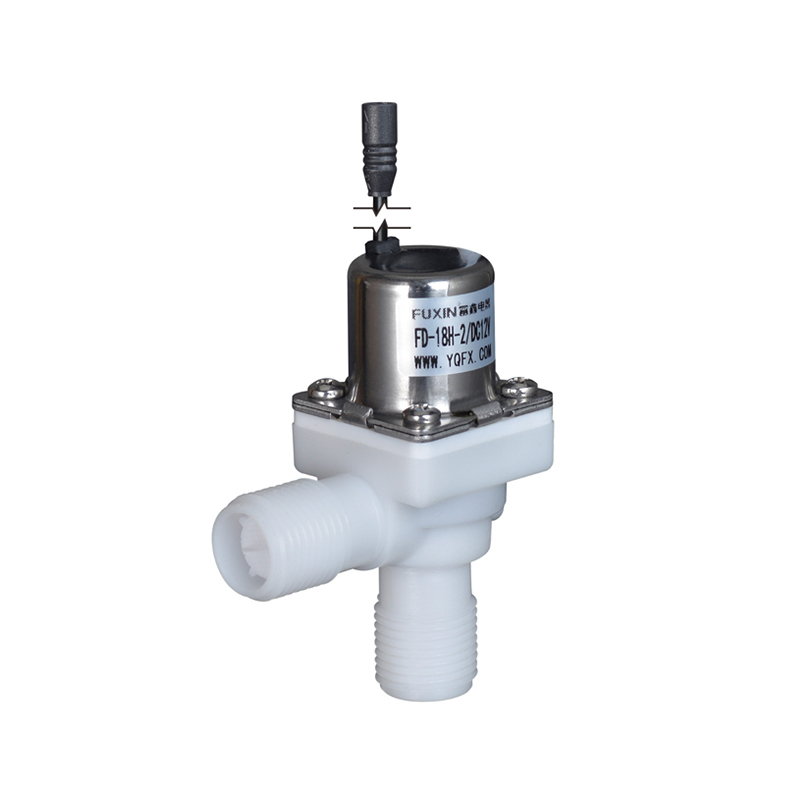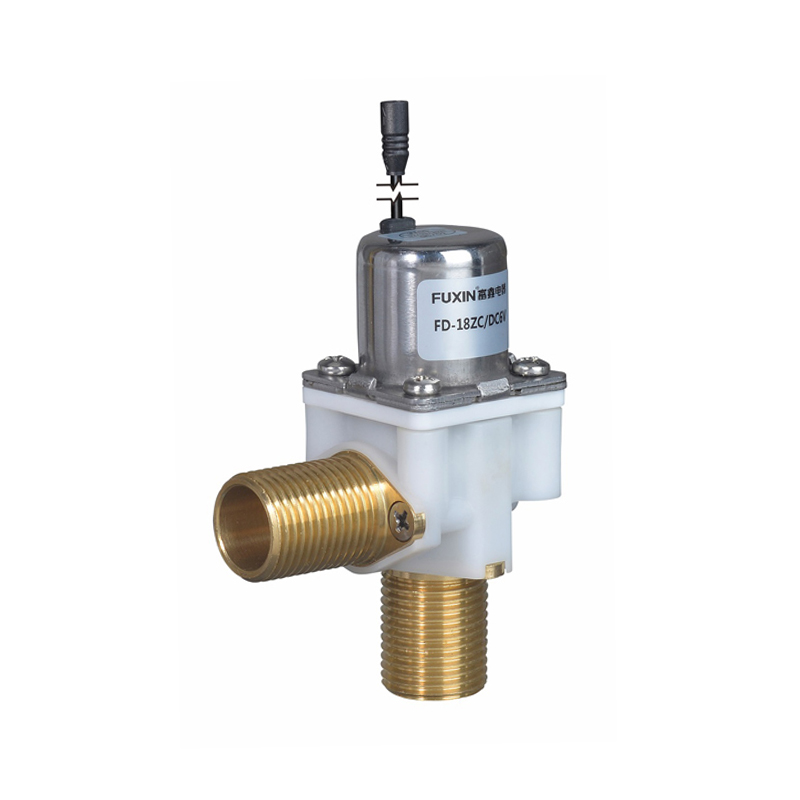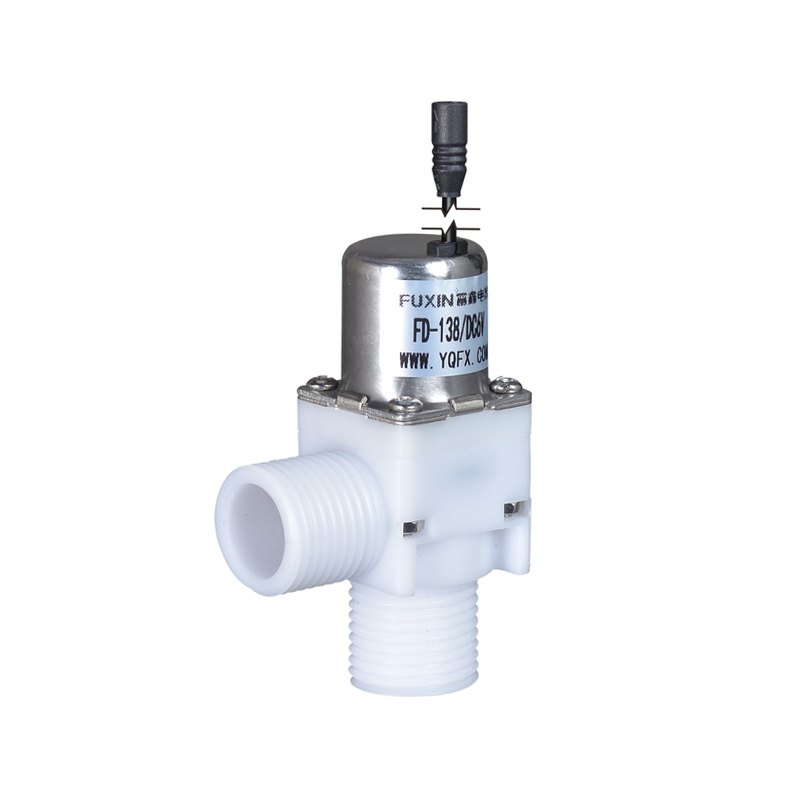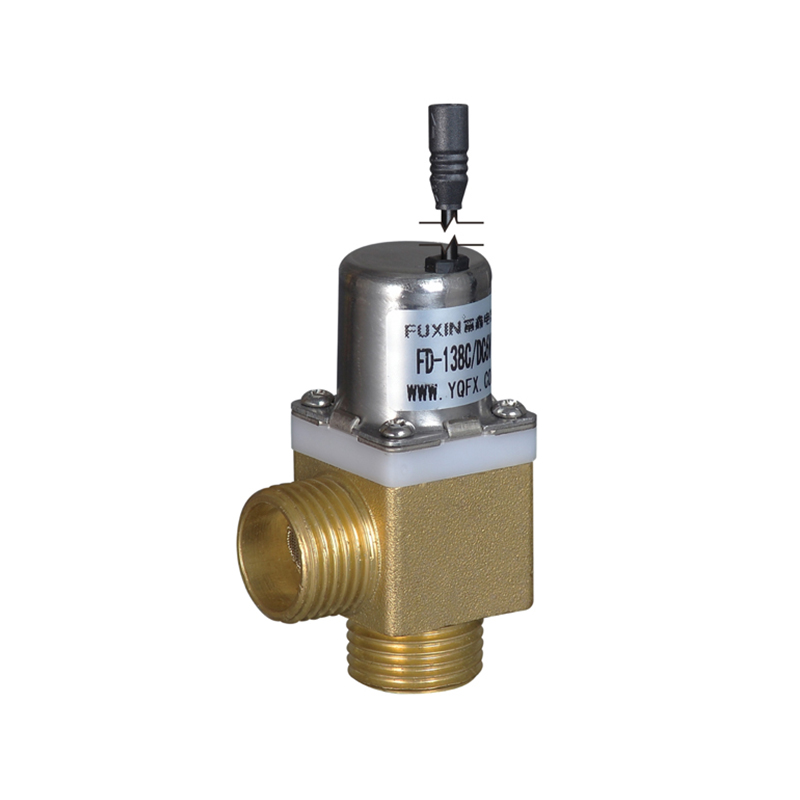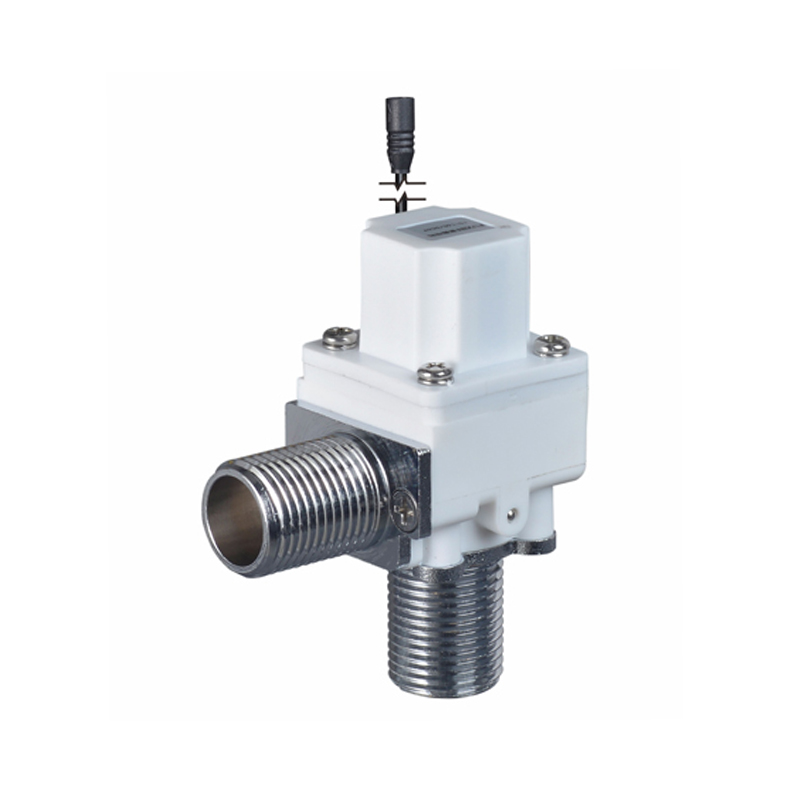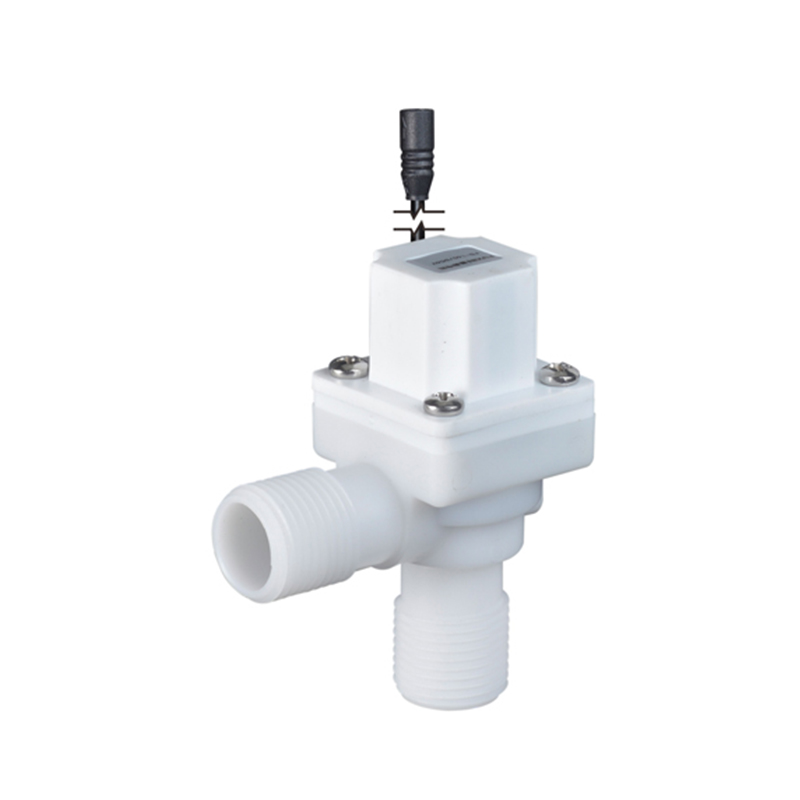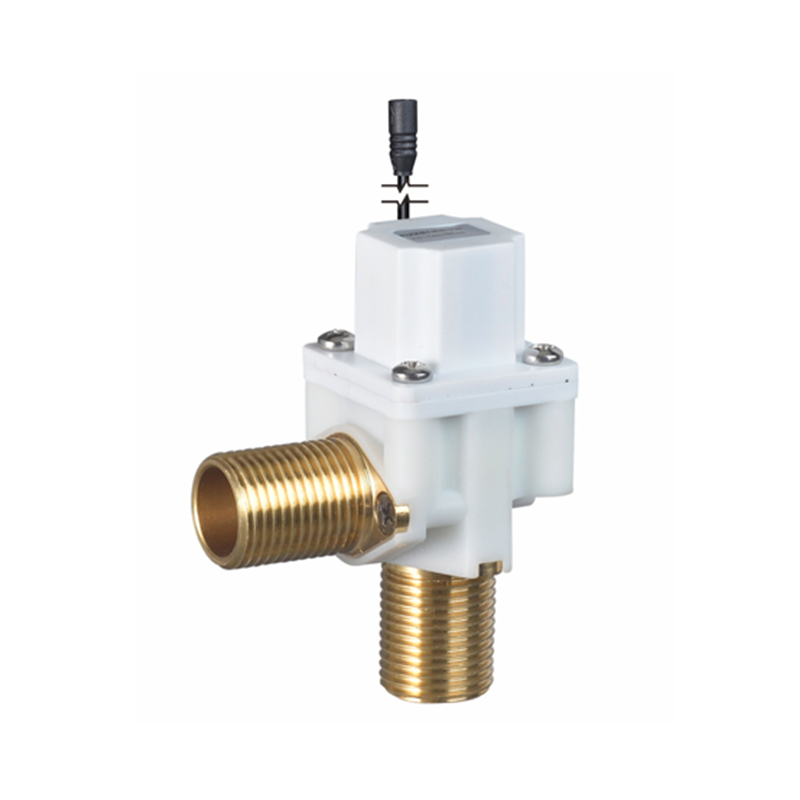As industries embrace digital transformation and the Internet of Things (IoT) expands into all corners of the globe, the demand for reliable, low-maintenance remote control solutions is rising. One such key component gaining prominence is the bi stable solenoid valve. When integrated with low-power wide-area network (LPWAN) technologies like LoRa and NB-IoT, the bi stable solenoid valve offers significant advantages in applications requiring remote actuation and minimal power consumption, especially in hard-to-access or off-grid locations.
The Role of Bi Stable Solenoid Valve in Remote Control Systems
Traditional solenoid valves require continuous power to maintain their position, which poses challenges in remote areas where power availability is limited or battery operation is preferred. The bi stable solenoid valve solves this problem by maintaining its open or closed state without a continuous power supply. It only consumes electricity during state changes, drastically reducing energy usage and extending battery life.
This unique characteristic makes the bi stable solenoid valve a candidate for integration with IoT systems using LPWAN technologies such as LoRa (Long Range) and NB-IoT (Narrowband IoT). These networks offer long-range communication capabilities with ultra-low power consumption, enabling real-time remote monitoring and control in locations where traditional communication infrastructure is impractical.
Practical Applications and Case Studies
One practical example is in smart agriculture. A recent project in rural Spain integrated bi stable solenoid valves with LoRa-based irrigation control systems. These valves regulate water flow to different fields based on real-time soil moisture data transmitted over LoRa networks. Farmers can remotely open or close valves without physically visiting each irrigation point, saving time and resources.
The use of bi stable solenoid valves in this project was critical because of their low power consumption, allowing devices to run for months on battery power. According to the project manager, “The integration of bi stable solenoid valves with LoRa connectivity reduced maintenance trips by over 70%, providing a more sustainable and efficient irrigation system.”
In another case, an energy company in Canada deployed bi stable solenoid valves in pipeline control systems located in remote northern regions. By pairing these valves with NB-IoT modules, the company achieved reliable valve actuation and status monitoring through cellular networks optimized for IoT devices. This allowed remote operators to perform critical pipeline flow control while minimizing field visits to harsh environments.
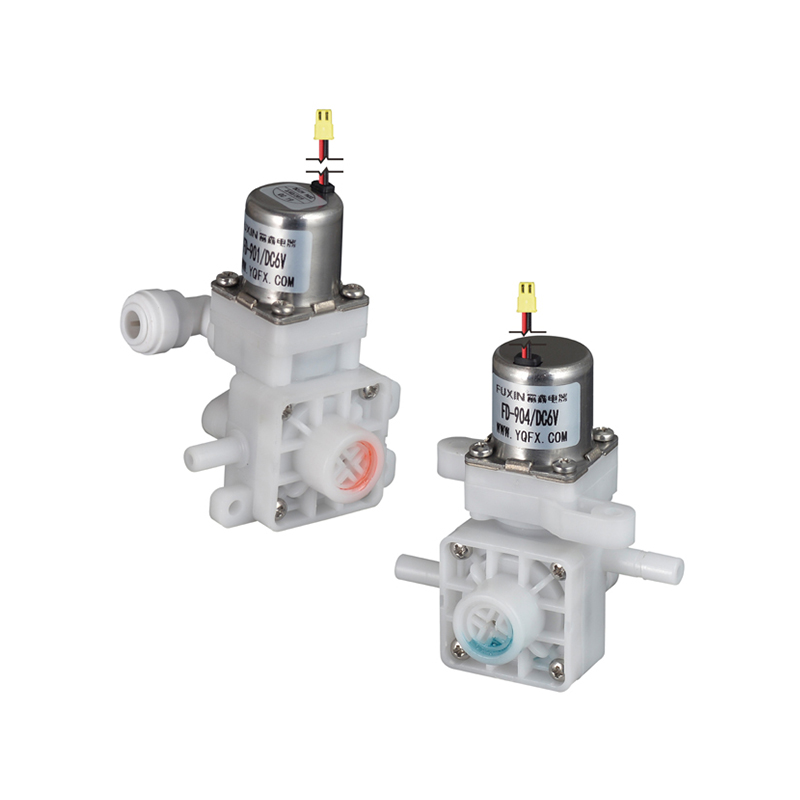
Benefits of Combining Bi Stable Solenoid Valve and LPWAN Technology
The marriage of bi stable solenoid valve technology with LPWAN communications brings several key benefits:
Energy Efficiency: Since the bi stable solenoid valve requires power only to switch states, combined with the low-power nature of LoRa and NB-IoT, the overall system can operate on limited energy budgets, often supplied by batteries or renewable sources like solar panels.
Extended Remote Operation: The combined system can function reliably for years without manual intervention, ideal for remote or difficult-to-access sites such as oil fields, agricultural zones, and water treatment plants.
Reduced Operational Costs: Lower energy consumption and fewer maintenance visits translate to significant cost savings for operators.
Improved Control and Monitoring: Real-time valve status and diagnostics transmitted via LPWAN enable predictive maintenance and rapid response to faults.
Technical Challenges and Future Outlook
While the integration offers many advantages, it also requires precise engineering. The bi stable solenoid valve must be designed to ensure reliable switching under varying environmental conditions. Additionally, communication modules must be optimized to work seamlessly with valve control circuits, maintaining synchronization and security over LPWAN networks.
Industry leaders are investing in developing smarter bi stable solenoid valve solutions with embedded sensors and self-diagnostic features that enhance IoT integration.
As IoT adoption continues to grow worldwide, especially in emerging markets with large rural and remote areas, the use of bi stable solenoid valves paired with LPWAN communication platforms will become increasingly important. This synergy supports the drive toward smarter, more sustainable, and more efficient infrastructure management.


 EN
EN English
English Español
Español

